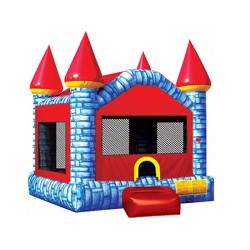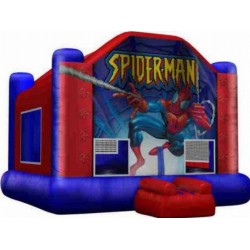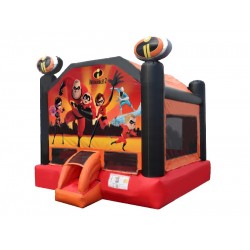What Are the Common Causes of Damage to Bounce Houses?

Bounce houses are popular for their fun and engaging play experience, but like any inflatable equipment, they are susceptible to damage. Identifying and addressing common causes of damage can help extend the life of a bounce house and ensure it remains safe for use.
Common Causes of Damage to Bounce Houses
1. **Sharp Objects:** Sharp items like broken glass, sharp rocks, or even pointed toys can puncture the material of a bounce house. Ensuring the play area is free from such hazards is crucial.
2. **Rough Play:** Excessive roughhousing or jumping on the seams and corners can lead to wear and tear. Establishing and enforcing rules for safe play helps minimize this risk.
3. **Improper Anchoring:** Failure to properly anchor the bounce house can lead to instability and potential damage, especially in windy conditions. Always follow manufacturer guidelines for secure anchoring.
4. **Weather Conditions:** Exposure to extreme weather, such as heavy rain, snow, or intense sunlight, can deteriorate the materials of a bounce house. Use the bounce house only in appropriate weather conditions and store it properly when not in use.
5. **Overloading:** Exceeding the recommended number of users or weight limits can strain the bounce house and lead to damage. Adhere to the manufacturer's guidelines regarding user limits and weight capacity.
6. **Improper Storage:** Storing the bounce house in a damp or dirty environment can lead to mold, mildew, and material degradation. Ensure it is cleaned and completely dry before storage, and keep it in a cool, dry place.
Preventive Measures and Maintenance
To reduce the risk of damage and extend the life of your bounce house, consider the following preventive measures:
- **Regular Inspections:** Frequently check the bounce house for any signs of wear or damage. Address any issues immediately to prevent further deterioration.
- **Proper Cleaning:** Clean the bounce house regularly according to the manufacturer's instructions. Remove any debris and ensure it is dry before storing it.
- **Safe Play Rules:** Establish and enforce rules for safe play, including limiting the number of children and avoiding rough play.
- **Secure Anchoring:** Ensure the bounce house is properly anchored to prevent movement and potential damage.
- **Weather Considerations:** Avoid using the bounce house in adverse weather conditions and ensure it is stored properly when not in use.
Conclusion
Understanding and addressing common causes of damage to bounce houses can help maintain their safety and longevity. By taking preventive measures, conducting regular inspections, and following maintenance guidelines, you can ensure a fun and safe experience for all users.




Leave a Comment